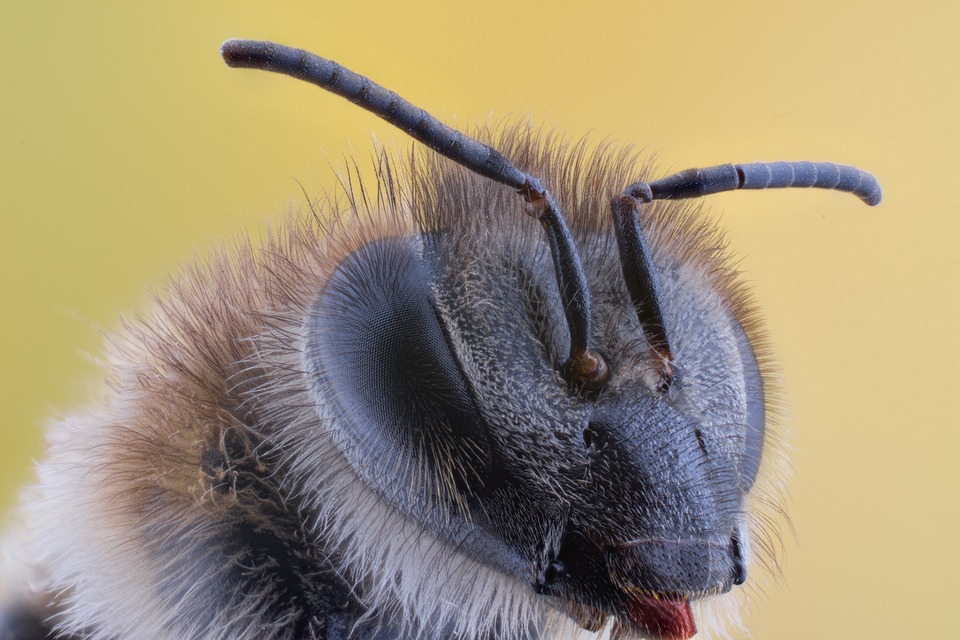Unveiling the Silent Killers: The Devastating Impact of Plant Diseases
Plant diseases are a silent threat that can wreak havoc on crops, gardens, and landscapes. These unseen killers can devastate entire fields of crops, leading to significant economic losses and food shortages. In this article, we will explore the devastating impact of plant diseases, the common types of diseases that affect plants, and how they can be managed and prevented.
The Impact of Plant Diseases
Plant diseases can have a significant impact on agriculture, the environment, and the economy. When a plant becomes infected with a disease, it can weaken or kill the plant, reducing crop yields and quality. This can lead to food shortages, higher prices for consumers, and loss of income for farmers. In addition, plant diseases can also impact the environment by disrupting ecosystems and reducing biodiversity.
One of the most devastating plant diseases in history is the Irish potato famine, which was caused by a fungal disease called late blight. This disease destroyed the potato crop in Ireland, leading to the death of over one million people and the emigration of millions more. The impact of plant diseases can be far-reaching and long-lasting, making it essential to understand and manage these threats.
Common Types of Plant Diseases
There are several common types of plant diseases that can affect a wide range of plants, including crops, ornamental plants, and trees. Some of the most common types of plant diseases include:
1. Fungal Diseases
Fungal diseases are among the most common and destructive plant diseases. These diseases are caused by fungi that infect plants through spores and can spread rapidly in favorable conditions. Some common fungal diseases include powdery mildew, rust, and anthracnose.
2. Bacterial Diseases
Bacterial diseases are caused by bacteria that infect plants through wounds or natural openings. These diseases can cause wilting, leaf spots, and galls on plants. Some common bacterial diseases include bacterial blight, fire blight, and crown gall.
3. Viral Diseases
Viral diseases are caused by viruses that infect plants through insect vectors or mechanical means. These diseases can cause stunted growth, yellowing of leaves, and mottling on plants. Some common viral diseases include tomato mosaic virus, cucumber mosaic virus, and tobacco mosaic virus.
Managing and Preventing Plant Diseases
While plant diseases can have devastating effects, there are several ways to manage and prevent them to protect crops and plants. Some of the most effective strategies for managing and preventing plant diseases include:
1. Crop Rotation
Crop rotation is a common practice used to prevent the buildup of pathogens in the soil. By rotating crops, farmers can break the disease cycle and reduce the risk of infections in subsequent plantings.
2. Use of Resistant Varieties
Plant breeders have developed varieties of crops that are resistant to specific diseases. By planting resistant varieties, farmers can reduce the risk of disease outbreaks and minimize the need for chemical treatments.
3. Sanitation
Good sanitation practices, such as cleaning tools and equipment, removing infected plants, and disposing of plant debris, can help prevent the spread of diseases in the garden or field.
4. Chemical Treatments
In some cases, chemical treatments may be necessary to control plant diseases. However, it is essential to use these treatments judiciously and follow label instructions to minimize the impact on the environment and human health.
Conclusion
Plant diseases are a significant threat to agriculture, the environment, and the economy. By understanding the devastating impact of plant diseases, recognizing common types of diseases, and implementing effective management and prevention strategies, we can protect crops, gardens, and landscapes from these silent killers. By taking proactive measures to prevent and control plant diseases, we can ensure a healthy and sustainable future for plants and people alike.


















































